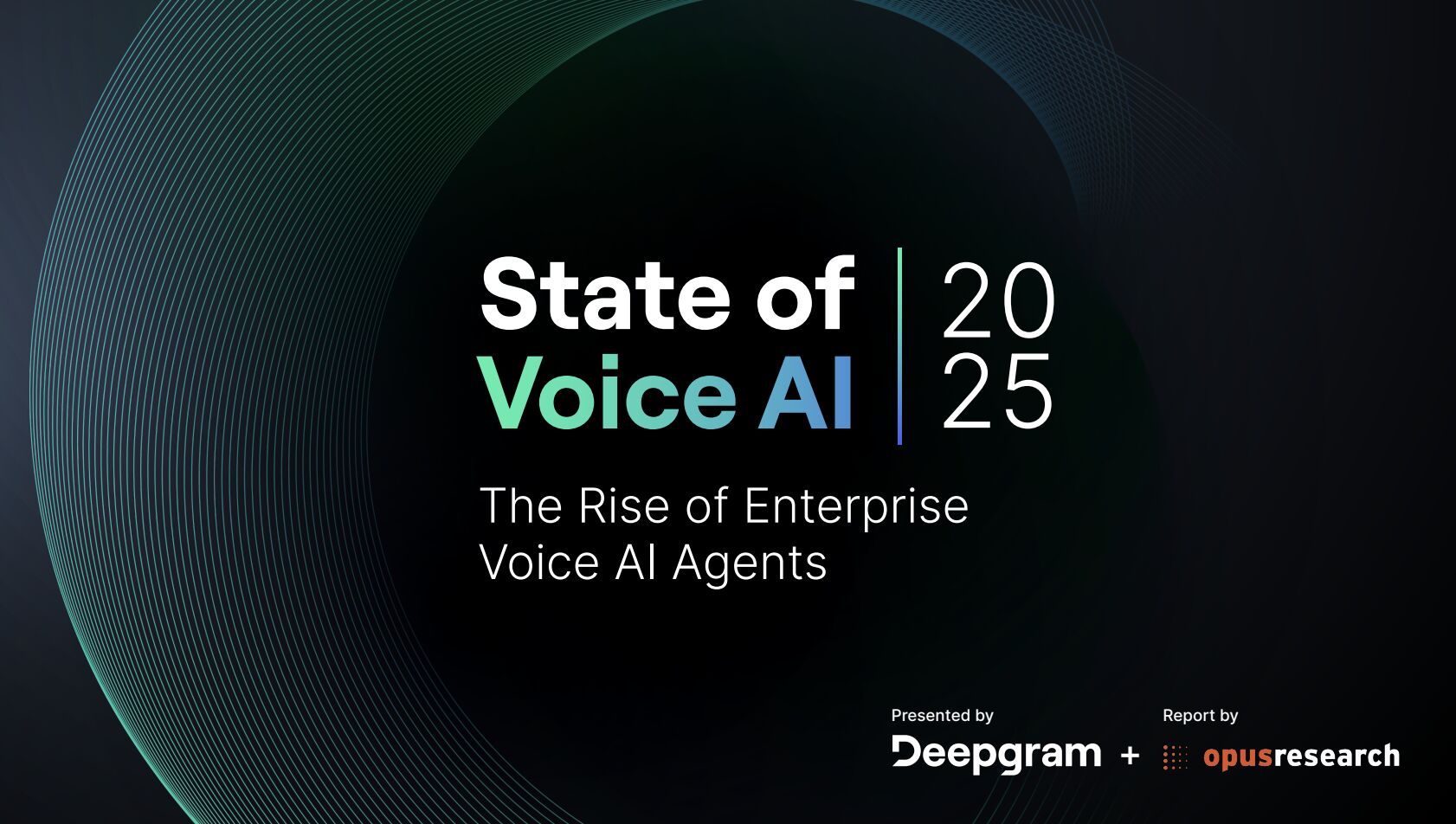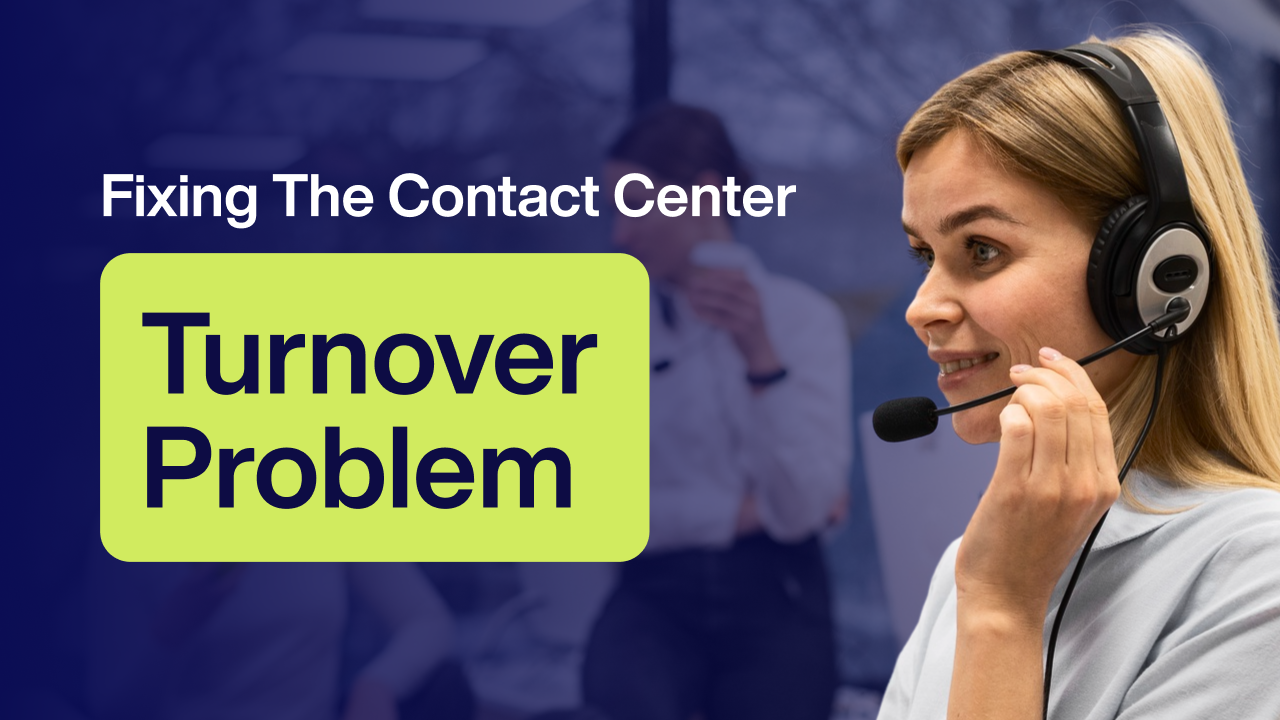Grace™: The Hybrid AI Voice Bot Revolutionizing Customer Experience

Grace™: The Hybrid AI Voice Bot Revolutionizing Customer Experience
1. Executive Summary
Grace™ by Emerging Global Services (EGS) is a groundbreaking conversational AI voice bot designed to transform customer engagement. As one of the first truly Hybrid BPO solutions, Grace represents the perfect union of intelligent automation and empathetic live support. This white paper explores how Grace, powered by advanced language models and real-time analytics, delivers measurable outcomes in diverse sectors. We examine its deployment with the Howard University Faculty Practice Plan (FPP), which achieved record-breaking appointment volume and a 12% drop in cancellations within 60 days. In a market where CX is a major competitive differentiator, Grace positions EGS as a pioneer in reshaping how organizations interact with customers at scale.
2. Market Context: The Need for Hybrid CX
The BPO industry is undergoing a massive shift. Customer expectations for responsiveness, personalization, and 24/7 support continue to rise. Traditional call centers struggle with volume, labor churn, and cost control. Meanwhile, fully automated solutions often fail to deliver the human touch needed for complex or emotionally charged interactions. Hybrid models, combining AI and live agents, offer the flexibility and intelligence required to satisfy modern customer demands.
According to Gartner, by 2027, 70% of customer interactions will involve emerging technologies such as machine learning, chatbots, and mobile messaging. However, organizations that rely solely on automation risk damaging brand trust when automation fails to meet expectations. Grace strikes the right balance—automating intelligently, escalating empathetically.

3. The EGS AI‑Hybrid BPO Advantage
Grace functions as a first point of contact, routing inquiries, providing support, and performing triage at scale. EGS live agents then step in where needed, offering specialized support and building relationships. This reduces agent load, improves call quality, and ensures a high level of satisfaction.
4. Technology Behind Grace
Grace leverages proprietary conversational AI enhanced with natural language understanding, contextual memory, and seamless hand-off logic. Integration with EHRs, CRMs, and customer data platforms ensures continuity and relevance.
5. Case Study: Howard University FPP
With Grace, FPP saw a transformative improvement in patient scheduling within just two months of deployment. The voice bot handled initial outreach, appointment setting, and follow-up reminders. Human agents focused on complex scenarios. This led to a record-setting number of monthly appointments and a decrease in cancellations, validated by CEO Vincent Orange, Jr.
6. Key Benefits of Grace
• Blended approach optimizes cost and quality.
• 24/7 AI availability for routine tasks.
• Human agents remain available for high-value engagement.
• Better patient outcomes and ROI within weeks.
• Configurable to any industry including healthcare, e-commerce, finance, and SaaS.
7. Implementation Roadmap
EGS provides a structured onboarding plan:
1. Discovery & scoping
2. Workflow mapping
3. Custom playbook development
4. AI training & QA
5. Pilot execution
6. Full launch & continuous optimization
8. Contact Us
Ready to experience the power of Hybrid BPO?
Connect with Steve Shefveland, Founder of Emerging Global Services (EGS):
• Schedule a meeting: https://meetings.hubspot.com/steve-shefveland
• Call: +1 (602) 312‑8900
• Contact form: https://www.emergingglobal.com/contact
• Email: steve@emergingglobal.com
Let’s reimagine the CX customer experience—together!

No Spam —
Just Good Stuff.
Join our newsletter for actionable advice, insider knowledge, and strategies that drive real results.
No fluff, just value.
.png)
%20(1).png)
From The Blog
Read All Articles
Hybrid AI That Stops Churn in Telecom and Retail

Balancing Compliance, Empathy, and Efficiency: EGS’s Hybrid AI in the Real World

AI-Human Hybrid Support: Raising the Bar on Fraud Detection and Compliance

How Hybrid AI Reduces Patient No‑Shows and Scheduling Burnout

Stop Stockouts Before They Start: AI‑Human Hybrid QA for Supply Chain Accuracy

Balancing Compliance, Empathy, and Efficiency: EGS’s Hybrid AI Across Industries

Hybrid AI Voice Bots: Better CX, Happier Agents, and Smarter Schedules

Hybrid AI in Banking: Handling Complex Service Without Losing the Human Touch

Hybrid AI for Financial Services: Solving Complex Service Without Losing the Human Touch

How Hybrid AI Reduces Patient No-Shows and Scheduler Burnout

Hybrid AI That Actually Moves the Needle in Healthcare RCM

How AI-Human Collaboration Elevates Quality Assurance on the Factory Floor

Why Nearshore Hybrid BPOs Outperform Offshore Automation Centers

How Hybrid AI Voice Bots Elevate CX and Make Agents Unstoppable

AI‑Human Hybrid Support That Elevates Fraud Detection and Compliance

How Hybrid AI Streamlines Healthcare Revenue Cycle—Without Losing the Human Touch

AI-human hybrid quality assurance for supply chain accuracy

Why Nearshore Hybrid BPOs Outperform Offshore Automation Centers

AI + Human QA on the Line: How Hybrid Teams Raise Manufacturing Quality

Why Nearshore Hybrid BPOs Outperform Offshore Automation Centers

How AI-Human Collaboration Elevates Quality Assurance in Modern Manufacturing

Hybrid AI That Keeps Schedules Full: Reducing Patient No‑Shows and Burnout

Why Nearshore Hybrid BPOs Outperform Offshore Automation Centers

Hybrid AI That Quietly Fixes Healthcare RCM—Starting With the Schedule

How AI-Human Collaboration Raises the Bar on Manufacturing Quality Assurance

How Hybrid AI Tackles the Toughest Banking Service Moments

AI + Human QA: How Hybrid Teams Catch Defects Early and Strengthen Audits

How Hybrid AI Cuts Churn in Telecom and Retail—Without Losing the Human Touch

Hybrid AI for Financial Services: Faster Resolution, Stronger Compliance, Human-Centered Support

Hybrid AI That Fills Schedules and Eases Burnout: Reducing Patient No-Shows in Healthcare

Hybrid AI-human support that strengthens fraud detection and compliance—without breaking customer trust

AI + Humans: Elevating Quality Assurance on the Factory Floor

AI-human hybrid quality assurance for supply chain accuracy

Hybrid AI That Keeps Schedules Full—and Clinicians Fresh

AI-Human Hybrid Support: Stronger Fraud Detection and Compliance at the Contact Center

Why Nearshore Hybrid BPOs Outperform Offshore Automation Centers

From Empty Slots to Full Days: Hybrid AI Scheduling That Reduces Burnout

From No‑Shows to Full Days: Hybrid AI That Fixes Provider Schedules Without Burning Out Staff

From Empty Slots to Full Schedules: Hybrid AI That Boosts Access and Reduces Burnout

Stop the Scheduling Spiral: Hybrid AI That Fills Schedules Without Burning Out Providers

Stop Empty Slots from Fueling Burnout: Hybrid AI-Human Scheduling for Health Systems

From Empty Slots to Full Days: Hybrid AI Scheduling for Health Systems

From Hold Music to Full Schedules: Hybrid AI That Lifts Provider Productivity Without Burning Out Staff

Stop the Scheduling Whiplash: Hybrid AI That Fills Last‑Minute Openings Without Burning Out Your Staff
.png)
Stop the Scheduling Spiral: How Hybrid AI Keeps Providers Productive and Patients Seen
.png)
AI & Financial Services: Where Compliance Meets Conversation

E-commerce's Hybrid AI Advantages: From Order Status to Complicated Returns
.png)
Customer Service & Experience East 2025 (Reuters Events)
.png)
NACHC’s Workforce Conference (formerly FOM/IT)
.png)
Healthcare's AI-Human Sweet Spot: When Empathy Meets Efficiency
.png)
Choosing the Right Contact Center Technology Stack for Your Industry
.png)
Order Management Support: Where AI Excels & Where It Fails
.png)
Customer Success vs. Customer Support: When to Use AI vs. Human Touch

687% Increase in Referral Processing in 6 Months: How One Healthcare Organization Turned Its Patient Support Around

5 Warning Signs Your Medical Referral Process Needs Immediate Attention

AI‑Powered Healthcare Contact Centers: What CX Leaders Need to Know

AI‑Powered Healthcare Contact Centers: What You Need to Know

Healthcare Contact Centers: What Others Are Just Diagnosing, EGS Has Already Solved

Real-Life Use Cases of Contact Center Automation for Cost Reduction

5 Proven Use Cases of Contact Center Automation That Cut Costs by Up to 30%

How Leading Companies Are Reducing Support Costs and Boosting Customer Satisfaction with AI

Real-Life Use Cases of Contact Center Automation for Cost Reduction
























.png)


.png)
.png)
.png)
.png)
.png)
.png)
.png)
.png)
.png)
.png)
